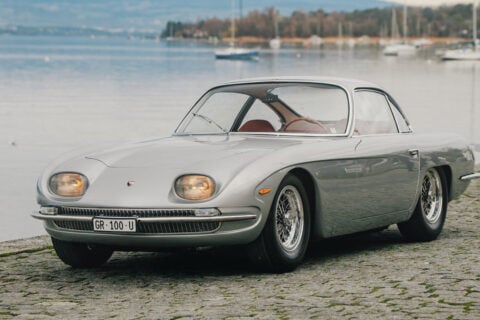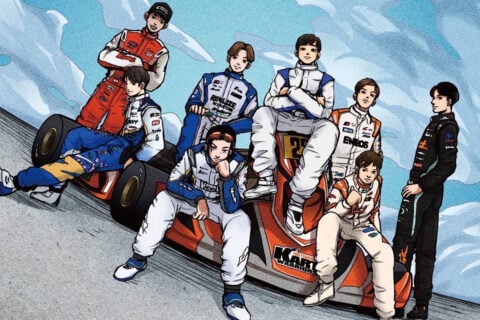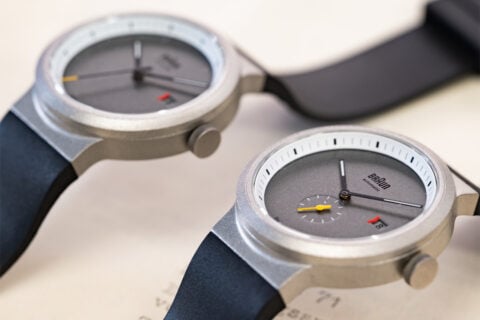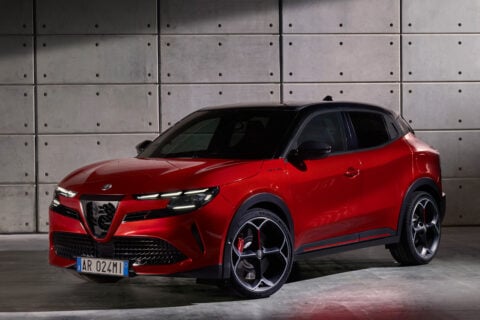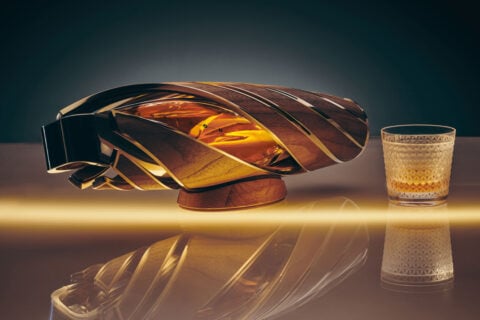In case you hadn’t noticed, The automotive industry is moving towards electric or hybrid drivetrains almost universally — in February even Lamborghini bid farewell to its combustion-only V12 with two one-off bespoke cars. Now it’s Rolls-Royce’s turn to launch its own final V12 coupe with the Black Badge Wraith Black Arrow.
With only 12 examples being produced — a hat tip to the motor under the bonnet — the Black Badge Wraith Black Arrow is full of unique details inspired by an equally significant V12-powered vehicle in Rolls-Royce’s history – the Thunderbolt. This incredible land-speed vehicle was powered by two Rolls-Royce V12 ‘R’ Series aero engines, and Captain George Eyston propelled it to 357.497 mph (575.335 km/h) in 1938, setting the world land speed record.
The homage to the Thunderbolt begins with the name of the very last Roll-Royce V12 coupe. On each side of Thunderbolt’s aluminium body was a large, painted black arrow with a yellow central circle motif indicating the car’s movement on the white surface of Bonneville Salt Flats in Utah. The Black Badge Wraith Black Arrow features several Bright Yellow accents set on a gradation body featuring Celebration Silver and Black Diamond shades, with yellow accents on the bumper inserts, wheel pinstripes, around the carbon fibre Spirit of Ecstasy at the front, and even the V-struts behind the grille and in front of the engine.
The Bright Yellow theme continues to the cabin, with splashes of the eye-catching hue on the front seats, the Rolls-Royce logo on the back seats, as well as the steering wheel and door panels. A brand new ‘Club Leather’ is used for part of the interior including armrests, seat gussets, door details, lower dashboard panel, and more. Between the front seats and on the front console is an aluminium Thunderbolt Speedform, while the clock on the dashboard is engraved with Thunderbolt’s top speed, next to the sketch of the contemporary V12 engine. The Starlight Headliner is another record with 2,117 fibre-optic ‘stars’, representing the precise constellations that appeared over the Bonneville Salt Flats on the Thunderbolt’s record-setting day.


